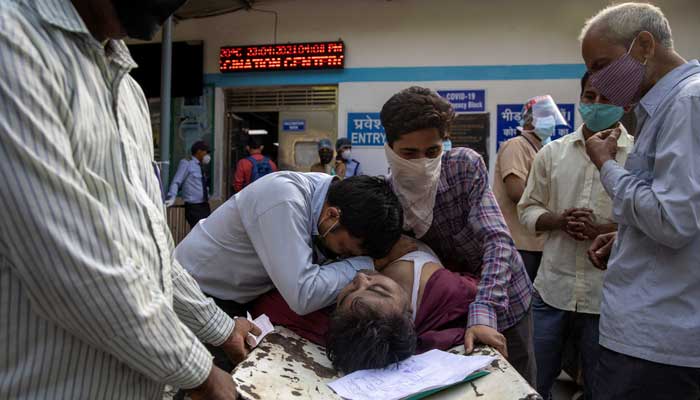Over the last 24 hours, India has seen a record increase in COVID-19 incidents, bringing the country’s cumulative fatalities past the 250,000 mark.
According to data released by the health ministry on Wednesday, coronavirus deaths increased by 4,205, although regular coronavirus infections increased by 348,421, pushing India’s total caseload past 23 million.
Many scientists believe the true figures are five to ten times greater, with actual fatalities and illnesses being five to ten times higher.
The COVID-19 infection curve in India could be flattening, but the decrease in the number of new infections would be gradual, according to Shahid Jameel, a leading Indian virologist.
The Indian Express newspaper quoted him as stating, “It is always too early to determine whether we have reached the peak”
“There is some indication of the cases plateauing. But we must not forget that this is a very high plateau. We seem to be plateauing around 400,000 cases a day.”
According to a Reuters tally, India, with a population of 1.35 billion citizens, reportedly accounts for one in every three confirmed coronavirus deaths worldwide.
COVID-19’s second phase has wreaked havoc on clinics and emergency personnel, as well as mortuaries and crematoriums. Health oxygen and drugs are in limited supply.
Officials said on Monday that dozens of dead bodies suspected to be Covid-19 victims had washed up on the shores of the Ganges river in northern India.
The pandemic is rapidly expanding through India’s huge rural hinterland, causing local health services, as well as crematoriums and cemeteries, to become overwhelmed.
Around 40 bodies washed up in Buxar city, along the boundary between Bihar and Uttar Pradesh, two of India’s poorest states, according to local official Ashok Kumar.
According to some sources, the number of bodies may be as large as 100.
Other officials were cited in the media as stating that several of them were swollen and partly burnt, and that they may have been in the water for days.
Locals told the dozens of bodies were discarded in the river because cremation facilities were overburdened or families couldn’t afford wood for funeral pyres.
Read more: https://pakobserver.net/international/










